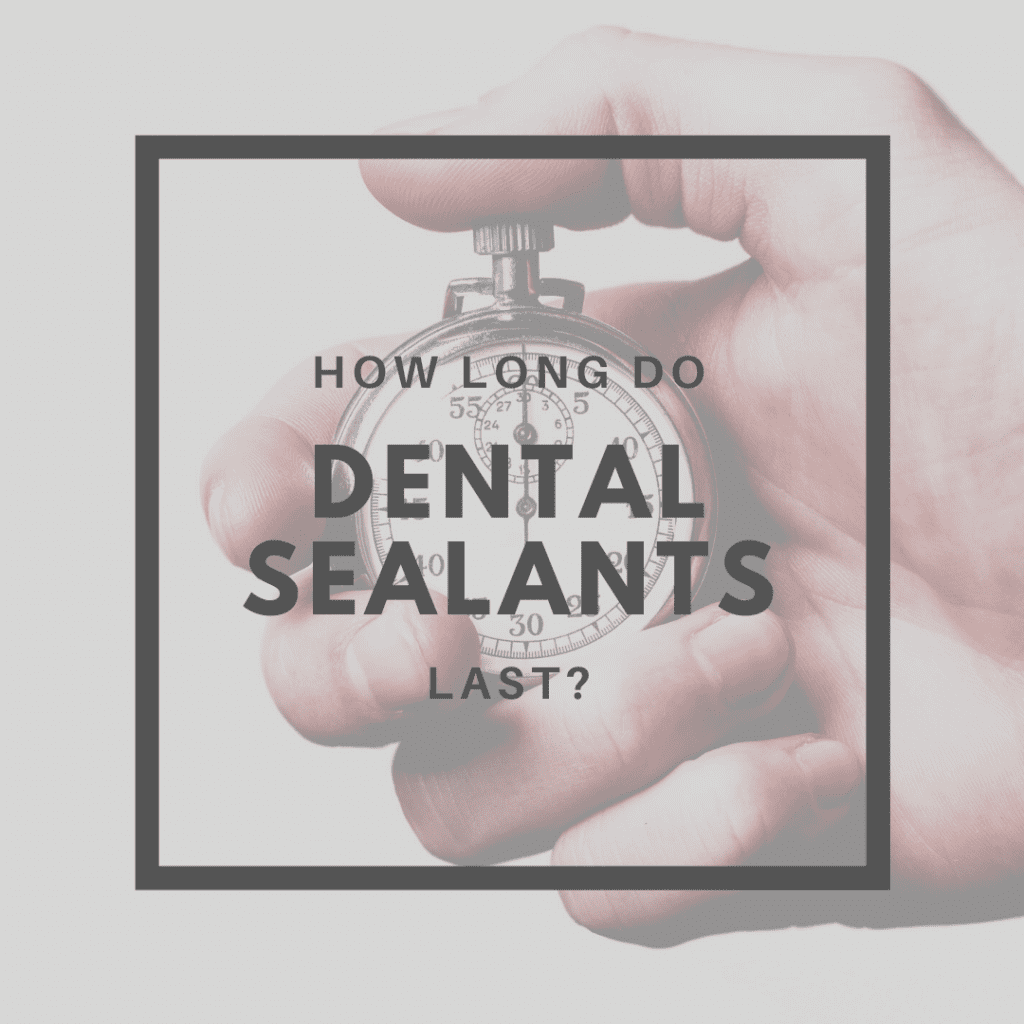Family dentists are concerned with helping your entire family take care of their teeth and they offer many preventative dentistry services. These services are intended to prevent serious dental issues by strengthening tooth enamel and controlling bacteria levels in the mouth. However since your local family dentist sees patients of all ages with a variety of different dental needs, they offer more than just your preventative teeth cleaning.
One preventative treatment that family dentists offer that you may or may not be aware of, are dental sealants. Dental sealants are thin coats of composite resin that are brushed onto the chewing surface of molars. Once hardened, sealants do as their name suggests and seal the tooth. This reduces bacteria’s ability to erode tooth enamel and decreases the risk of tooth decay. Like other preventative dental treatments, sealants are a cheap dental treatment when compared to restorative services.
Dental sealants are a popular pediatric dentistry treatment and are often recommended for young children. This is because young children often struggle to brush and floss properly. Since the molars have many grooves and are in the back of the mouth, young children may not adequately clean them. Placing a dental sealant helps to decrease their risk for tooth decay while they’re still learning how to properly take care of their teeth.
Although they are commonly used in children, dental sealants can also be used for adults. They are ideal for adults with special needs or mobility issues that hinder an individual’s ability to properly care for their teeth. They can also be beneficial for geriatric dental care and can be used for seniors as well.
While dental sealants can help prevent dental issues in children, adults, and seniors, they are only effective if they are in good condition. Like other dental treatments, sealants do not last forever and they will eventually need to be replaced. Therefore, one must consider how long dental sealants last.
However, sealants are slightly different than other dental treatments in that they can last up to nine years, but may not be effective that entire time. Research has shown that sealants offer the greatest level of protection in the first four years after their initial application. After four years, they are still slightly effective, but their effectiveness will decrease for every year they are left in place.
For this reason, your family dentist generally recommends replacing sealants four years after their initial placement. In some cases, your dentist may opt to keep them in place for longer if they are still in good condition. Regular dental checkups every six months allow your dentist to regularly evaluate the condition of sealants to determine when they need to be replaced. Replacing dental sealants is important because not only are damaged sealants no longer effective, but bacteria can become trapped under the sealant and cause tooth decay.
Overall, dental sealants are an effective, preventative, and cheap dental treatment that lasts up to nine years. They can be used on children, adults, and seniors as a way of reducing tooth decay in the molars. To maintain the benefits of sealants, your family dentist will likely recommend to schedule regular dental checkups every six months and to replace the sealant after four years.

